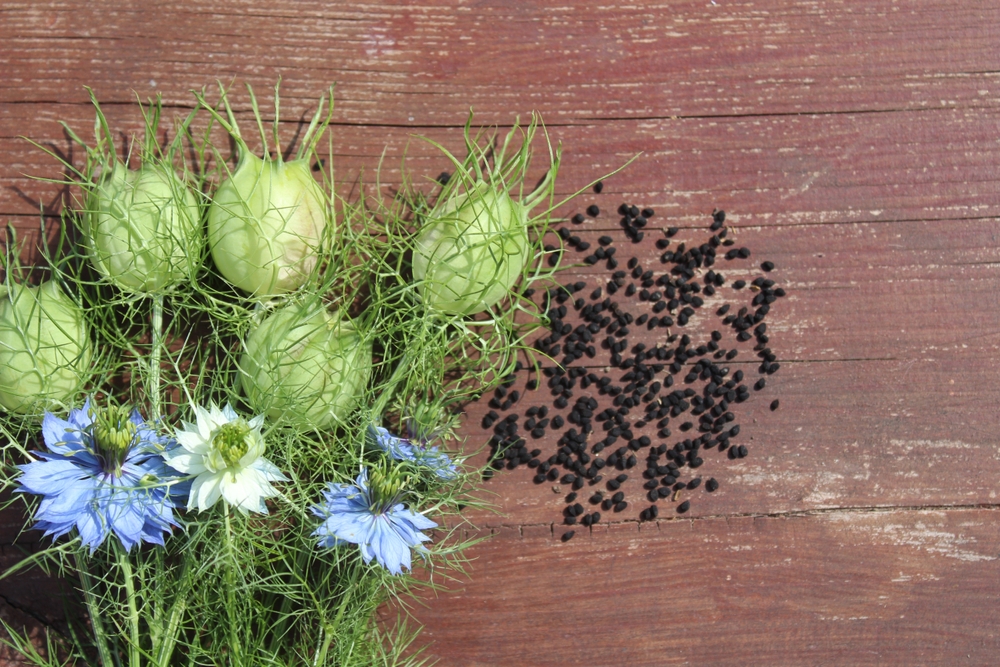This beautiful old-fashioned flower goes by many names! But whether you call it Nigella, love-in-a-mist, fennel-flower, bishop’s-wort, or old man’s beard, this annual makes a stunning addition to your gardens and containers. Learn how to plant, grow, and care for Nigella.
About the Nigella Flower
Nigella damascena is an easy-to-grow annual best known for its lacy foliage; jewel-like blue, pink, lavender, and white flowers on 1-1/2- to 2-foot-tall stems; and uncommonly striped and spiny seed capsules. A cool-weather annual plant hardy in Zones 2 to 11, Nigella, is suitable for in-ground and container planting.
Both the flowers and seedpods, fresh or dried, make eye-catching additions to bouquets and arrangements. See more flowers that make great additions to cutting gardens.
Nigella is a member of the buttercup family (Ranunculaceae) and a cousin to the delphinium.
Its genus name comes from the Latin word niger, meaning “black”—a reference to the color of its seeds. The plant’s species name refers to Damascus, Syria, where the plant grows in the wild.











